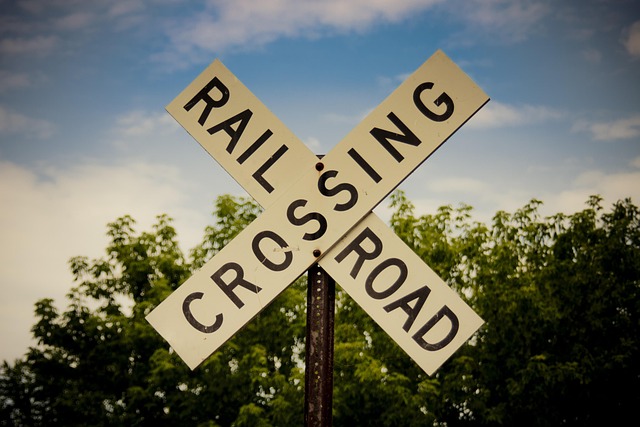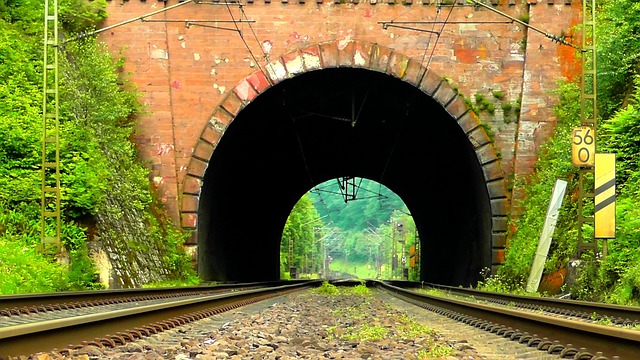Cottage Grove, Oregon's growth in the late 19th century was driven by the strategic location of its settlement along the Cottage Grove railroad expansion. This development promised economic opportunities, attracting farmers, loggers, and entrepreneurs from neighboring states and Europe. The fertile soil and abundant timber fueled local economic growth, while the allure of land ownership and a peaceful community drew ambitious settlers. The railway connected Cottage Grove to nearby cities, enhancing its prosperity and solidifying its position as a thriving Oregon community. Today, it retains its historical significance while offering modern attractions, making it an appealing destination for various visitors.
Cottage Grove, Oregon, a charming community nestled amidst lush landscapes, boasts a rich history dating back to its founding in the 19th century. This article delves into the intricate journey of Cottage Grove’s establishment, exploring key factors that shaped its destiny. From the pioneering early settlers seeking fertile lands to the transformative impact of railroad expansion, each chapter contributed to the town’s growth. Discover how these influences led to Cottage Grove’s incorporation and subsequent development, ultimately fostering a thriving modern-day community. Uncover the fascinating story of this Oregon gem, highlighting the enduring legacy of its past.
- Early Settlers and Land Development: Who and Why They Came to Cottage Grove
- The Role of the Railroad: Expanding Horizons and Connecting Communities
- Incorporation and Growth: Becoming an Official Town
- Challenges and Milestones: Overcoming Obstacles in the Early Years
- Legacy and Modern Cottage Grove: A Flourishing Community Today
Early Settlers and Land Development: Who and Why They Came to Cottage Grove

Cottage Grove, Oregon, attracted early settlers due to its strategic location along the Cottage Grove railroad expansion in the late 19th century. This development promised economic opportunities and easier access for goods and services, drawing farmers, loggers, and entrepreneurs seeking to capitalize on the region’s rich natural resources. The area’s fertile soil and abundant timber were particularly appealing, fueling a rapid growth of the local economy.
Many settlers were drawn from neighboring states like California and Washington, as well as from Europe, hoping to find a better life in this promising new frontier. They were motivated by the promise of land ownership, the chance to establish thriving farms and businesses, and the general allure of a small-town community that offered a peaceful and prosperous lifestyle. This mix of ambition and opportunity laid the foundation for Cottage Grove’s vibrant history and character.
The Role of the Railroad: Expanding Horizons and Connecting Communities

The founding of Cottage Grove, Oregon, was intricately tied to the arrival and expansion of the railroad. This pivotal mode of transportation played a crucial role in opening up new horizons and connecting communities in the region. As the train lines extended further west, they brought with them a wave of settlers, entrepreneurs, and traders who were eager to take advantage of the opportunities presented by Oregon’s fertile lands and rich natural resources.
The Cottage Grove railroad expansion facilitated the growth of local agriculture, timber, and other industries. It enabled easier transportation of goods, fostering economic development and attracting families seeking new beginnings. The rail network acted as a vital lifeline, linking Cottage Grove to nearby cities and markets, thereby enhancing the community’s connectivity and prosperity.
Incorporation and Growth: Becoming an Official Town

Cottage Grove’s journey towards becoming an official town was marked by significant milestones, with its incorporation playing a pivotal role in its growth. In 1892, residents formally established Cottage Grove as a municipality, solidifying its position within Lane County. This strategic move came at a time when the region was experiencing rapid transformation due to the Cottage Grove railroad expansion. The arrival of the railway connected the area to broader transportation networks, stimulating local commerce and attracting new inhabitants.
As an incorporated town, Cottage Grove could now implement its own ordinances and provide essential services to its residents. This newfound autonomy fostered a sense of community and enabled the town to develop at a steady pace. The railroad’s influence continued to shape the town’s destiny, opening doors for future growth and solidifying Cottage Grove’s place as a thriving Oregon community.
Challenges and Milestones: Overcoming Obstacles in the Early Years

Cottage Grove’s early years were marked by significant challenges, but also notable milestones. One of the primary hurdles was establishing a stable economic foundation. The town relied heavily on agriculture and timber industries, which were subject to seasonal fluctuations and market uncertainties. The arrival of the Cottage Grove railroad expansion in 1873 offered a much-needed boost, connecting the community to larger markets and facilitating the transportation of goods, including local agricultural products and timber. This infrastructural advancement played a crucial role in diversifying the town’s economy and attracting new businesses.
Despite these improvements, Cottage Grove faced further obstacles, such as competition from neighboring towns and limited access to educated labor. However, the resilience of its residents and their determination to build a thriving community eventually overcame these challenges. The early years were characterized by a spirit of perseverance and innovation, laying the groundwork for Cottage Grove’s eventual growth into a vibrant and resilient urban center.
Legacy and Modern Cottage Grove: A Flourishing Community Today

Cottage Grove, Oregon, has evolved from a small agricultural outpost to a thriving community that proudly carries on its legacy while embracing modern growth. The city’s rich history is deeply intertwined with its location along major transportation routes, most notably the Cottage Grove railroad expansion in the late 19th century. This strategic positioning not only brought economic prosperity but also shaped the community’s character and diversity.
Today, Cottage Grove continues to flourish as a vibrant hub for families, businesses, and nature enthusiasts. The city has successfully blended its historical charm with modern amenities, attracting visitors and residents alike. Local attractions like the Emigrant Trail, offering scenic views and outdoor recreational opportunities, alongside thriving retail and dining scenes, contribute to a quality of life that reflects both tradition and innovation.
